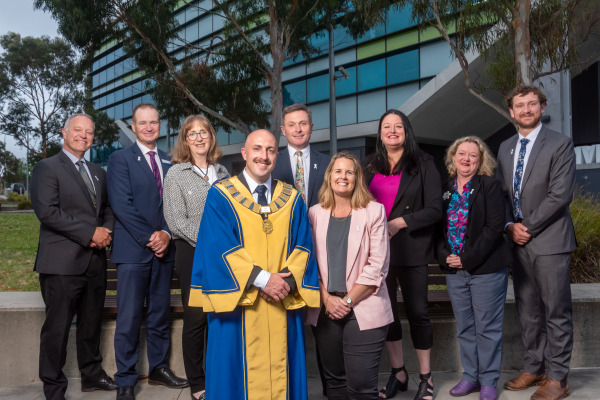The Seahampton section of Stockrington State Conservation Area will temporarily close from Sunday 4 December for a hazard reduction burn, weather permitting.

NSW ³Ô¹ÏÍøÕ¾ Parks and Wildlife Service (NPWS) Area Manager Mitchell Carter said the burn was being carried out by NPWS in conjunction with NSW Rural Fire Service (RFS).
‘The burn will reduce bushfire risk to nearby properties, wildlife and cultural heritage,’ Mr Carter said.
‘It will also prompt regrowth and germination of key native plant species.
‘We’ll burn around 10 hectares adjacent to properties in Seahampton on Sunday, taking advantage of a small window of opportunity to conduct this burn following recent wet conditions.
‘Anyone driving in the area, particularly along George Booth Drive near Seahampton, is advised to drive to conditions and respect any temporary traffic control measures that may be in place.
‘The entire Seahampton section of Stockrington SCA [State Conservation Area] will be closed from Sunday to ensure public safety and allow for effective operations.
‘The burn area is to the north of Seahampton and will reopen once it has been assessed as safe and any tree hazards managed.’
Regular monitoring of weather and fire-ground conditions enables NPWS to adjust planning leading up to the start of every burn.
The NPWS hazard reduction program for 2022–23 focuses on essential burns to protect park neighbours, assets or significant habitat to ensure ongoing recovery of the wildlife impacted by the summer bushfires.
More than 1,000 NPWS staff are trained firefighters and participate in hazard reduction work including implementing burns and maintaining safe zones.
All burns around the state are coordinated with the NSW RFS to ensure the impact on the community, including from smoke, are assessed at a regional level.
Details on specific burns are available in advance on the RFS website, ‘Fires Near Me’ app, and at .
For health information relating to smoke from bush fires and hazard reduction burning, visit the or .
For up-to-date information on these, and other, planned hazard reduction activities, visit the .








